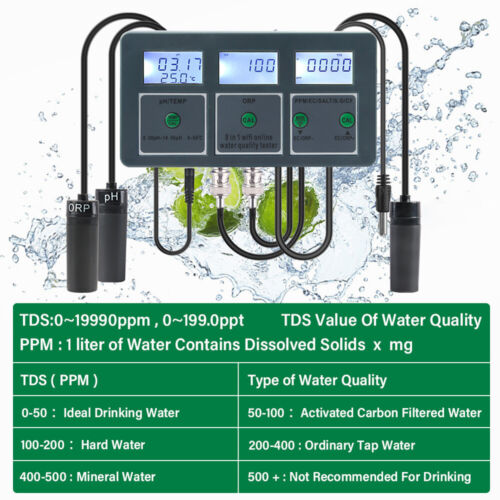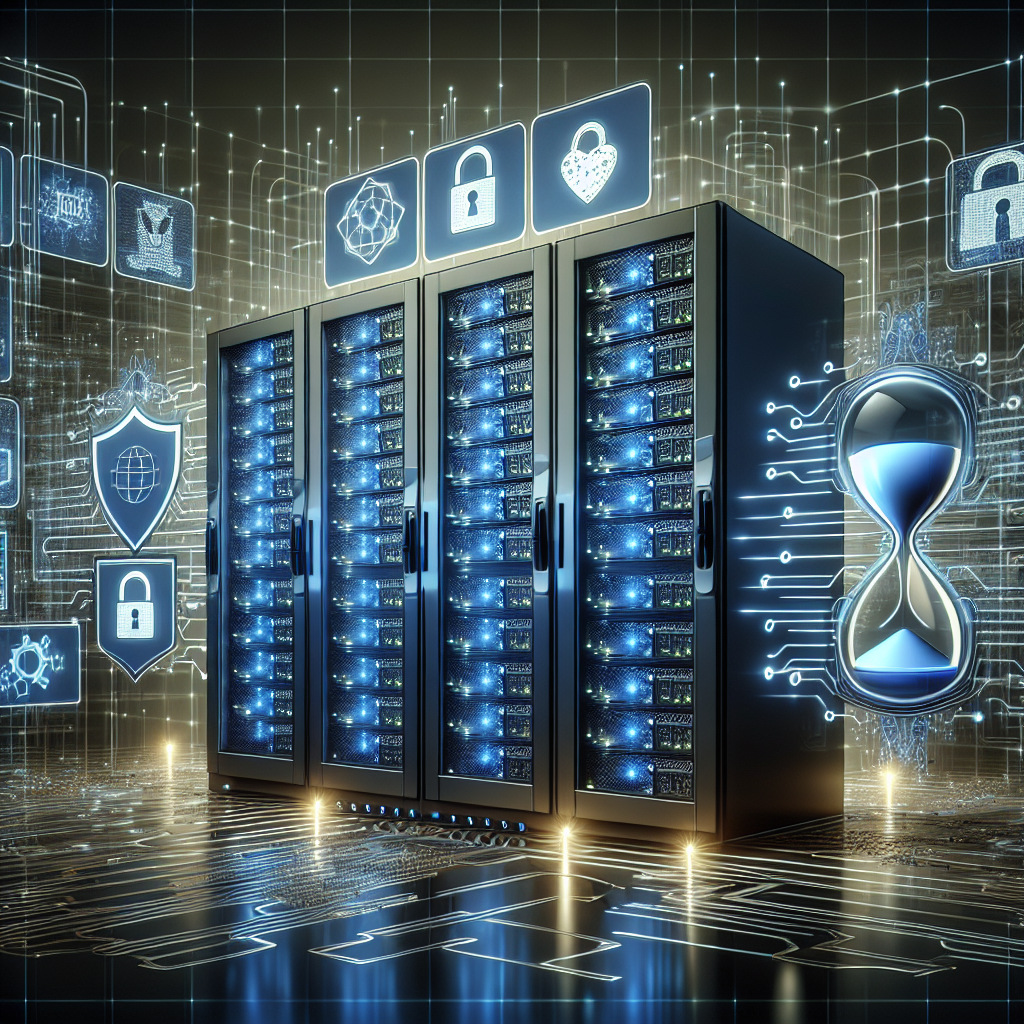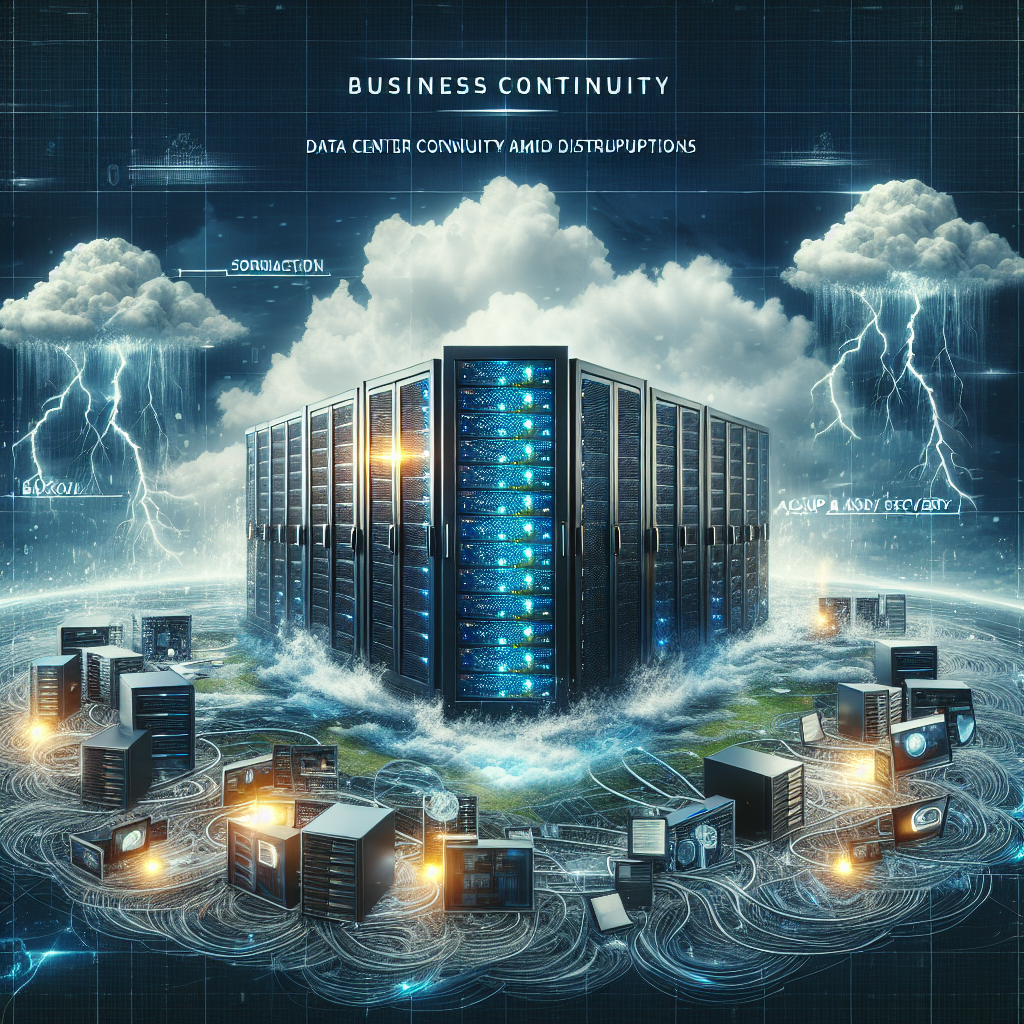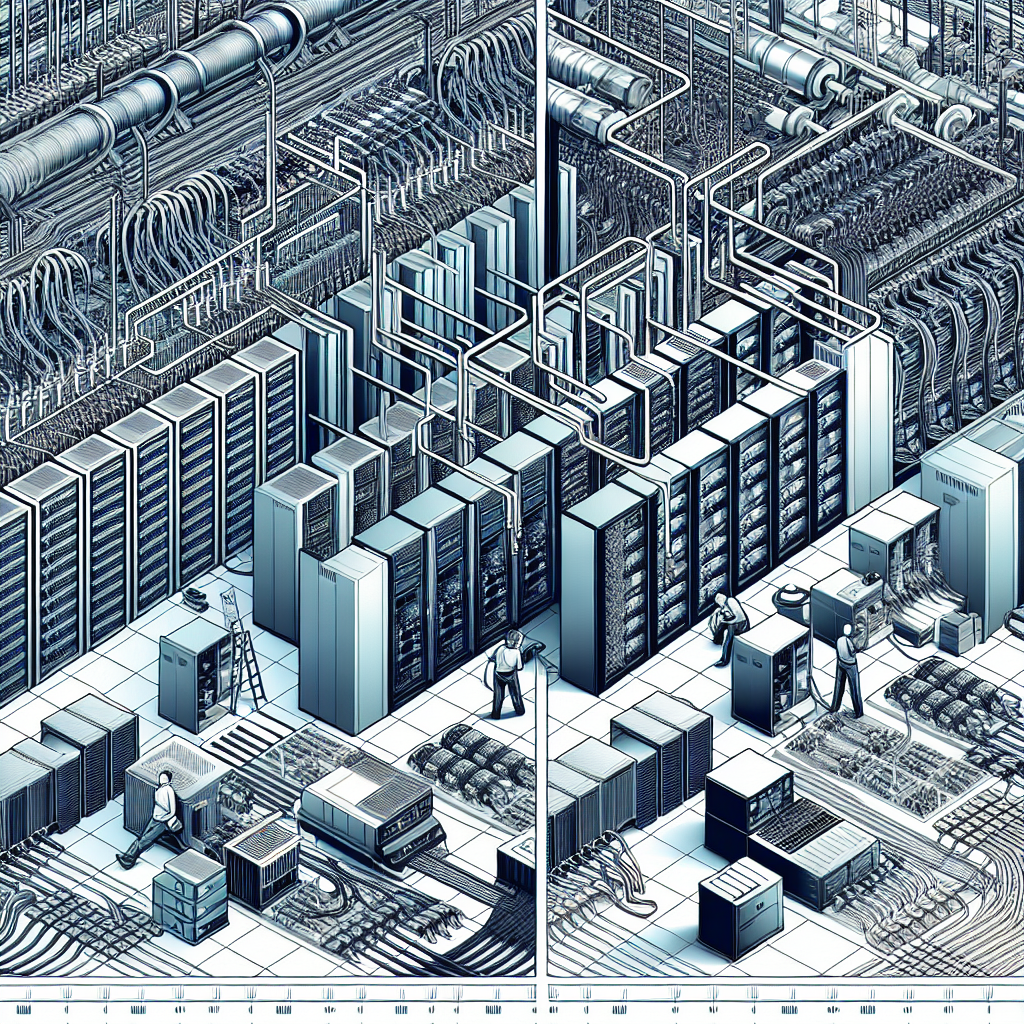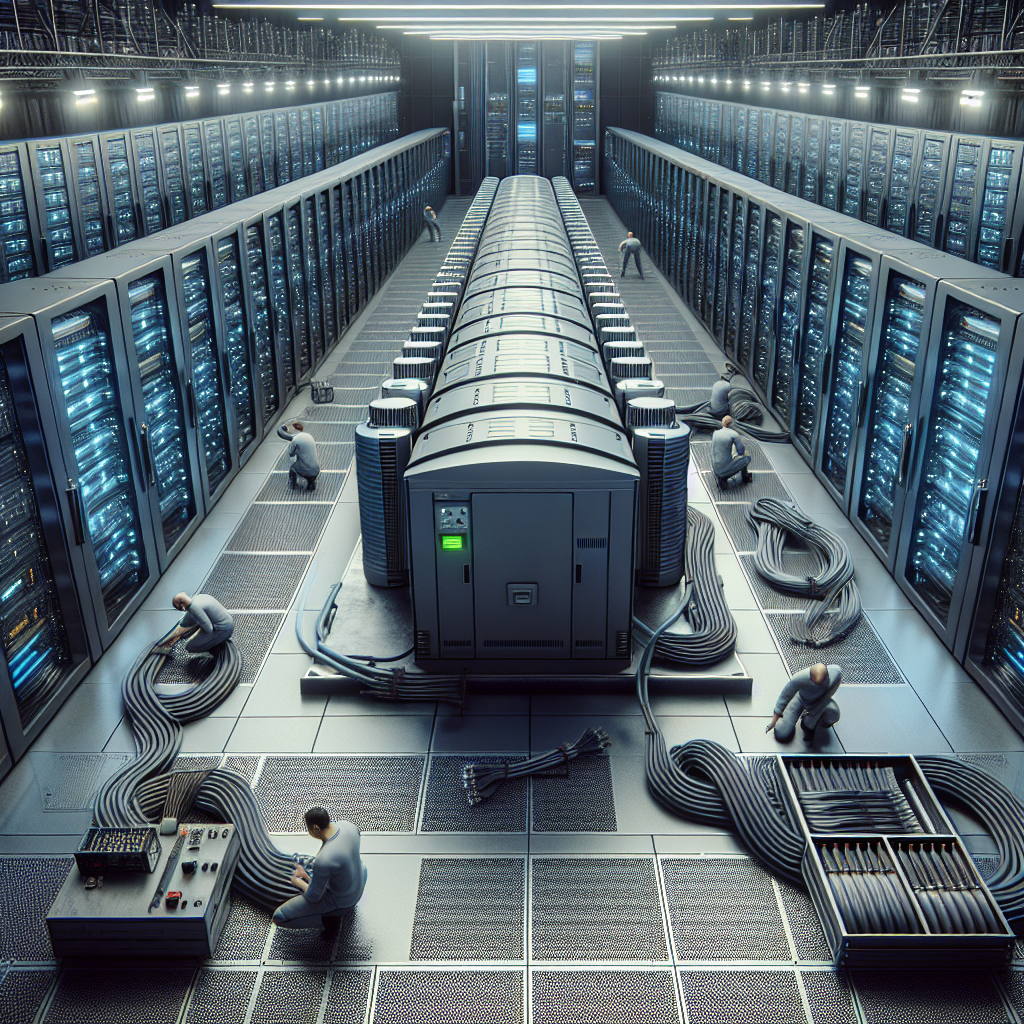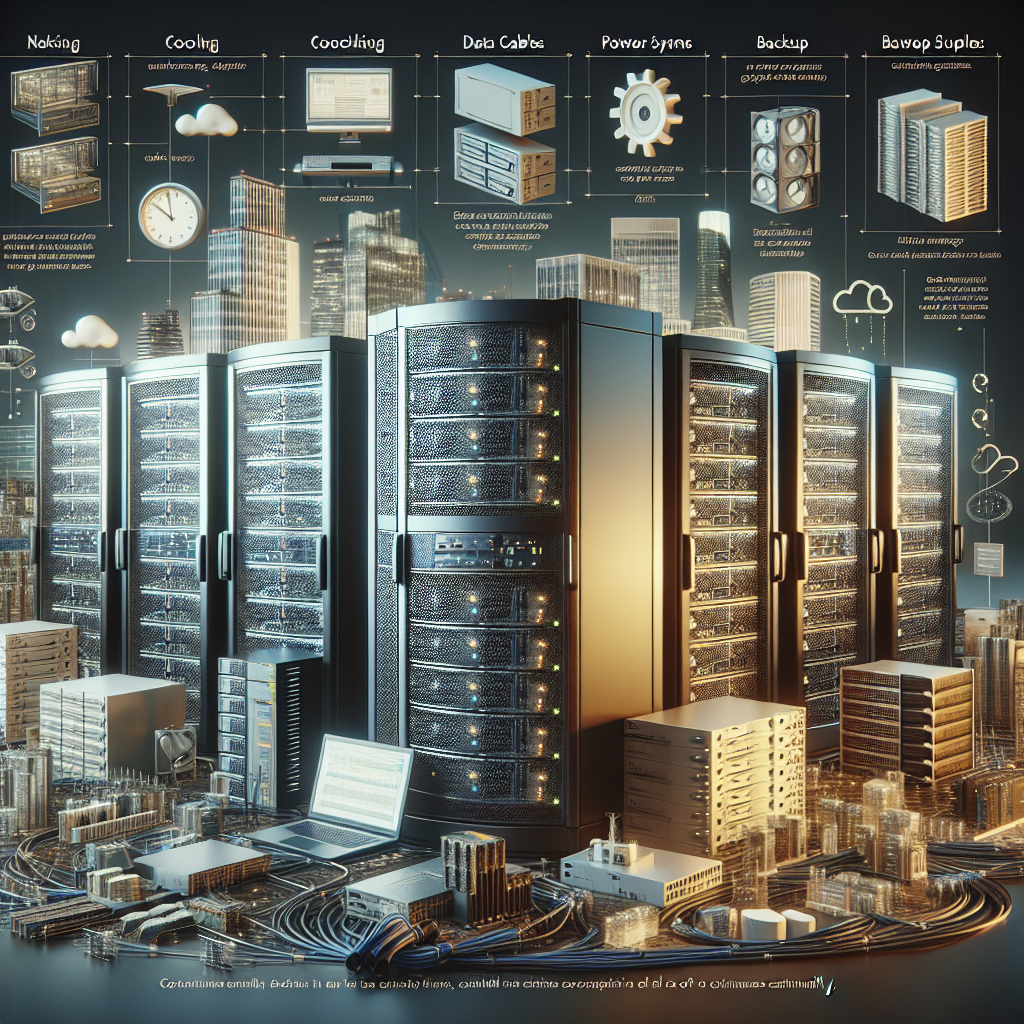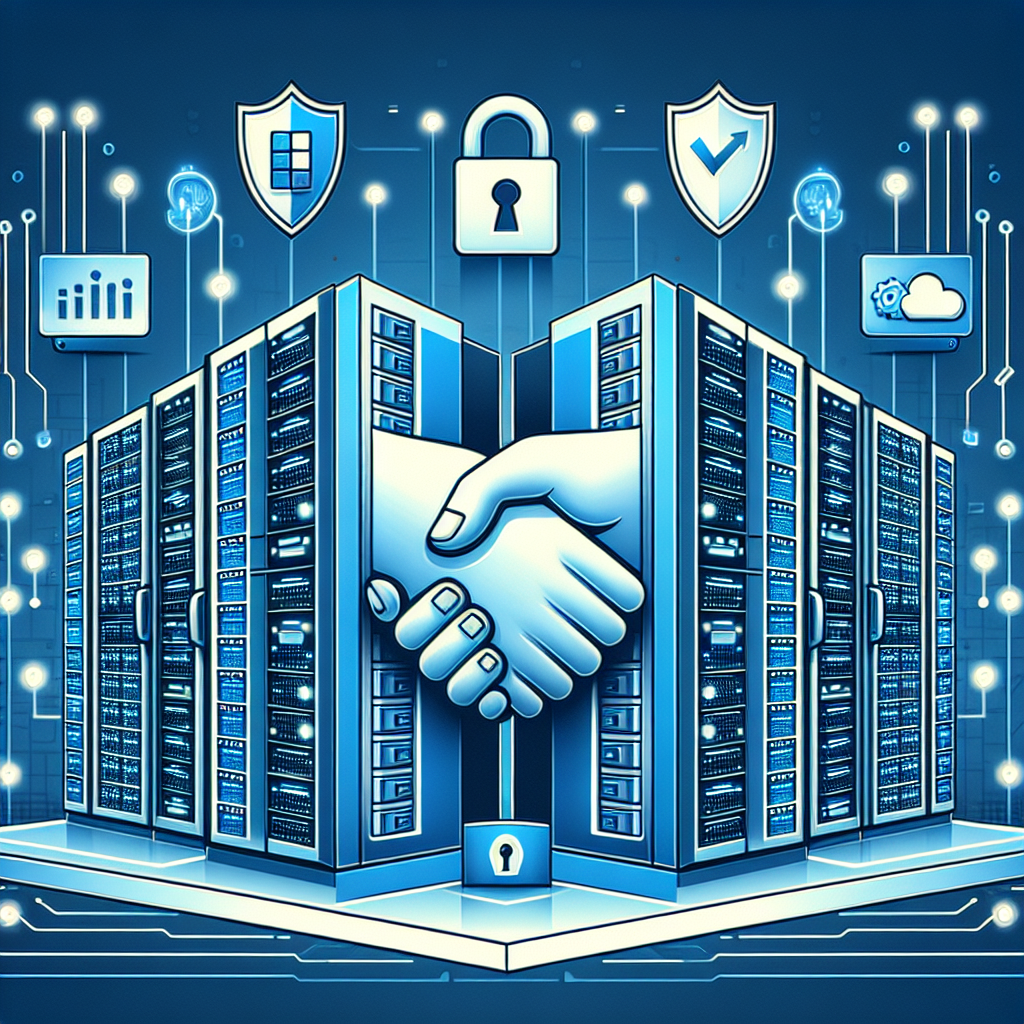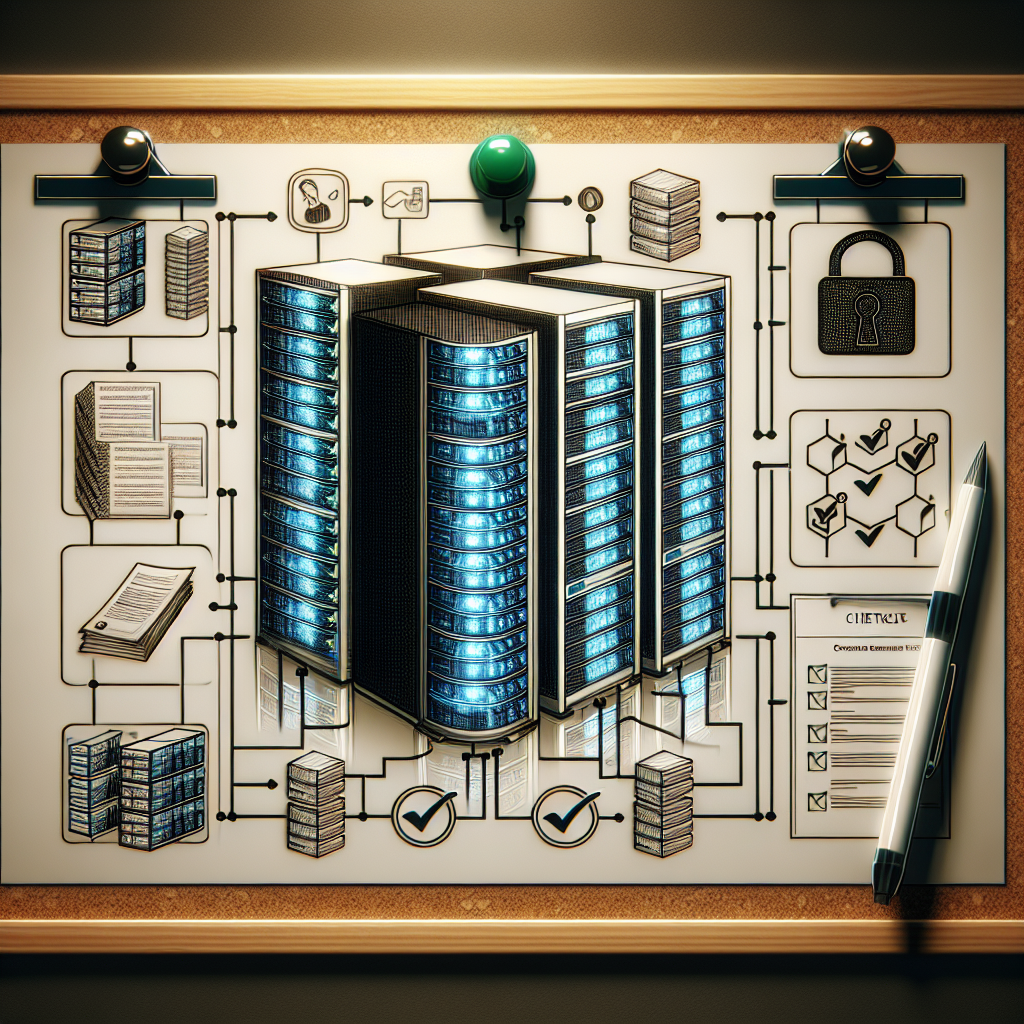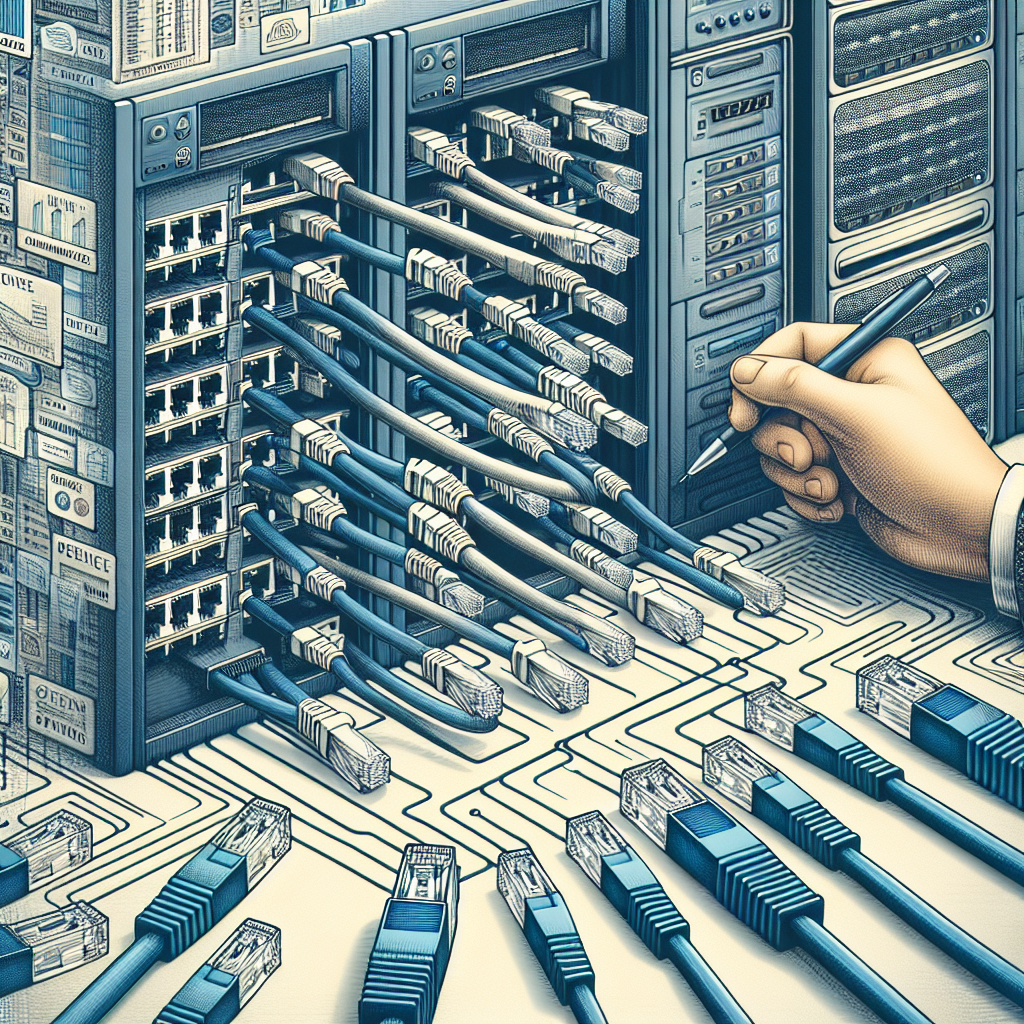In today’s digital age, data centers play a crucial role in storing and managing sensitive information for organizations. With the increasing amount of data being generated and stored, it is essential for data centers to comply with industry regulations and standards to ensure the security and privacy of this data.
Achieving and maintaining data center compliance can be a complex and challenging process, but with a step-by-step approach, organizations can ensure that their data centers meet the necessary requirements.
Step 1: Identify Applicable Regulations and Standards
The first step in achieving data center compliance is to identify the regulations and standards that apply to your organization. This may include industry-specific regulations such as HIPAA for healthcare organizations or GDPR for companies that handle personal data. It is important to thoroughly research and understand the requirements of these regulations to ensure compliance.
Step 2: Conduct a Gap Analysis
Once you have identified the relevant regulations and standards, the next step is to conduct a gap analysis to assess your current data center infrastructure and processes against the requirements. This will help identify any areas of non-compliance and determine what steps need to be taken to achieve compliance.
Step 3: Develop a Compliance Plan
Based on the results of the gap analysis, develop a comprehensive compliance plan that outlines the steps needed to achieve and maintain compliance. This plan should include specific goals, timelines, and responsibilities for each task.
Step 4: Implement Security Measures
Implement security measures to protect the data stored in your data center. This may include physical security measures such as access controls and surveillance cameras, as well as cybersecurity measures such as firewalls and encryption. Regularly monitor and update these security measures to ensure they are effective.
Step 5: Conduct Regular Audits and Assessments
Regularly conduct audits and assessments of your data center to ensure ongoing compliance with regulations and standards. This may involve internal audits conducted by your organization’s IT team, as well as external audits by third-party compliance experts.
Step 6: Document and Maintain Compliance Records
Keep detailed records of all compliance activities, including audit reports, security measures, and training records. This documentation will be essential in demonstrating compliance to regulators and stakeholders.
By following this step-by-step approach, organizations can achieve and maintain data center compliance, ensuring the security and privacy of the data stored in their data centers. Compliance is an ongoing process that requires continuous monitoring and improvement, but with a proactive approach, organizations can stay ahead of regulatory requirements and protect their valuable data.

